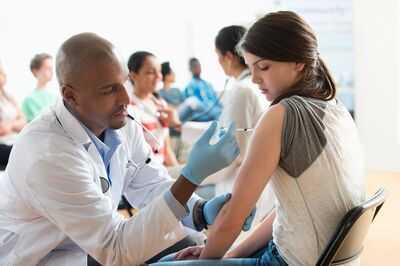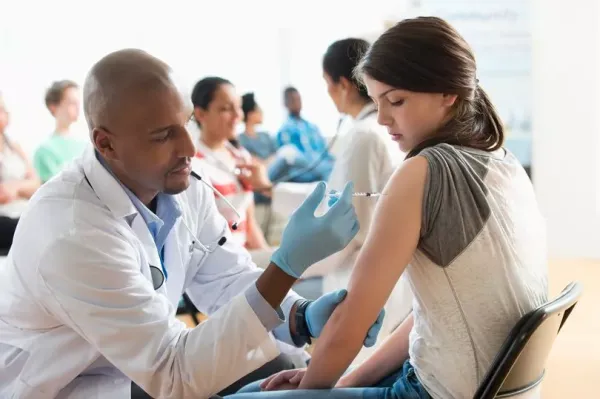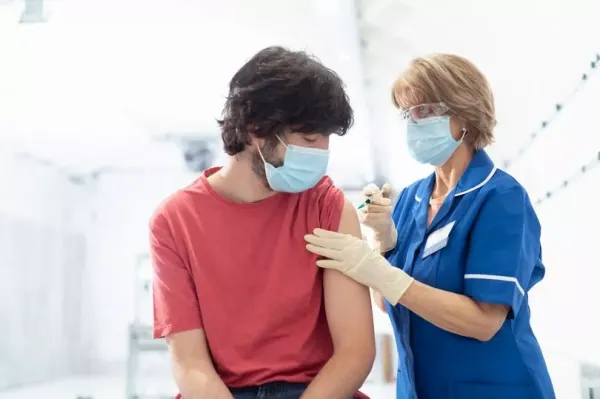
A recent report has highlighted the concerning decline in uptake of a vaccine that could significantly increase chances of avoiding one of the most preventable forms of cancer.
The vaccine is typically offered to school pupils aged between 12 and 13 to combat the spread of Human papillomaviruses. These viruses are the primary cause of cervical cancers, with
Only 71.5% of S1 pupils in the 2023/2024 academic year received the vaccine. This represents a decrease from 72.9% the previous year and 73.5% in 2021/2022, indicating a long-term downward trend.
READ MORE: <'Doctor said I had testicular cancer in my chest - and I was pregnant'>
READ MORE:

A
In contrast, the least deprived areas reported a vaccination rate of 82.1%. Overall, more girls were receiving the vaccine than boys, and while males aren't at risk of cervical cancers, the vaccine does offer other health benefits like protection against HPV.
HPV, a collection of viruses transmitted through sexual contact with an infected person, isn't always harmless; some strains can lead to severe health issues, including an increased risk of cervical cancer.
The
Dr Claire Cameron, from Public Health

She believes a fall in vaccine confidence and altered engagement with education and healthcare are behind the decline in vaccinations.
Cancer Research UK outlines several groups eligible for the complimentary vaccine:
Receiving the vaccine in childhood generally obviates the need for later doses. However, adults are likely to have already come into contact with HPV, diminishing the vaccine's effectiveness. Those not covered by the NHS programme can opt for private vaccination.